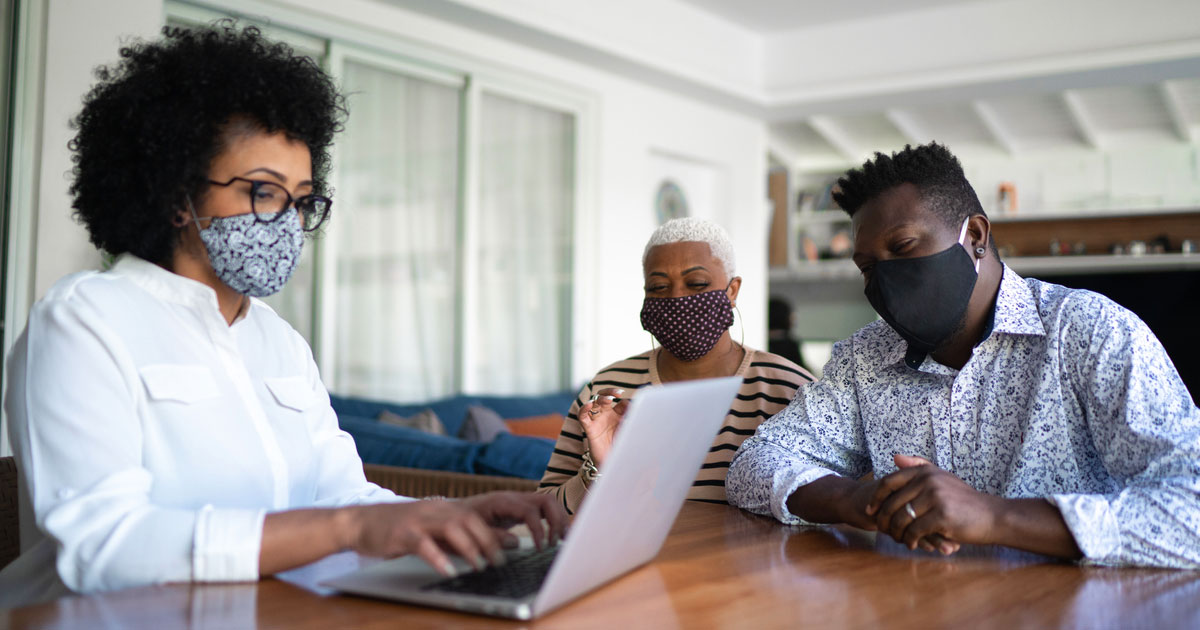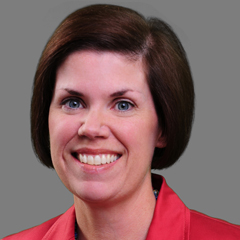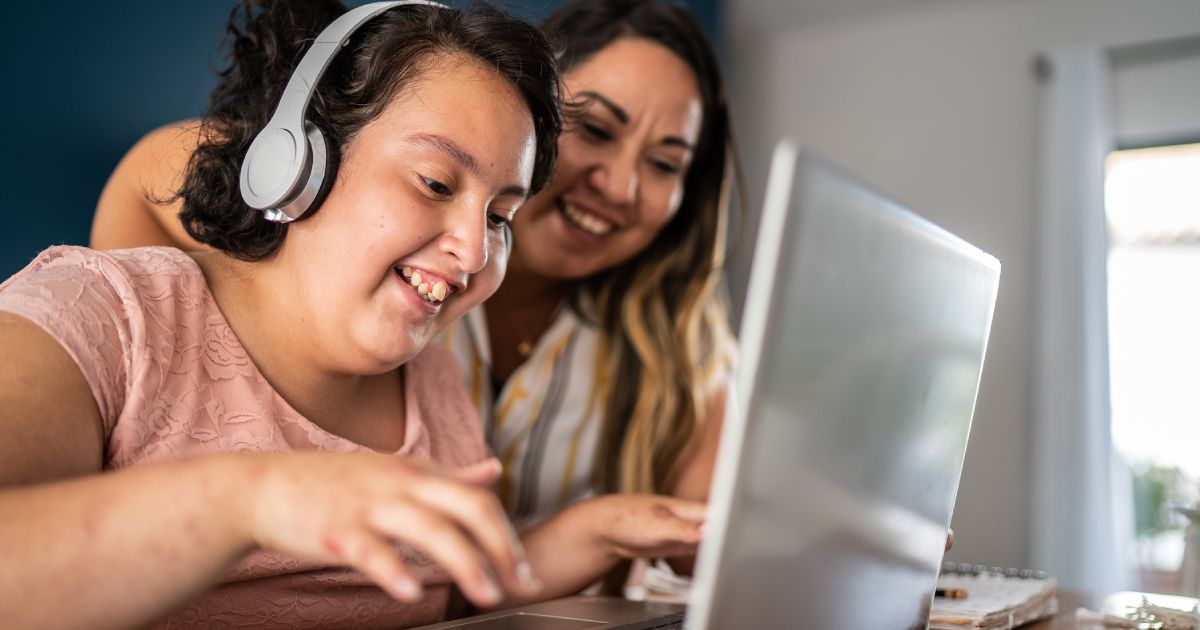The COVID-19 pandemic has overshadowed a major milestone in public health: March 23, 2020, marked the 10-year anniversary of the Affordable Care Act (ACA), the largest health insurance expansion in the United States since 1965, when Medicaid and Medicare were enacted. The ACA’s primary goal was to help the nearly 50 million Americans who were uninsured in 2010 gain access to health insurance by expanding Medicaid to more adults with low incomes and creating new state and federal health insurance marketplaces with affordable health plans.
This fall, as Americans continue to adjust to a new normal—including online school, remote work or remote job searches, rising rates of COVID infections, and a national election—they might miss another ACA milestone: the eighth open enrollment for marketplace coverage begins on November 1, 2020, and ends on December 15 in most states (the 15 states that run their own marketplaces can extend the end date). Although those eligible for Medicaid coverage can sign up at any time, and those with a qualifying event (for example, the loss of employer-sponsored coverage) need not wait for open enrollment, the annual, 45-day open enrollment period is the only time most Americans have the opportunity to sign up for health insurance through a federal or state marketplace.
Lack of health coverage is risky at any time, but especially so during a pandemic when health services like COVID testing or treatments might be most needed. Lack of coverage also contributes to racial and ethnic disparities in health outcomes, including COVID impacts. Even though health coverage is especially important right now, states and community organizations may try to reduce the spread of the virus by pivoting away from in-person enrollment assistance, making it harder for people to navigate the enrollment process.
Since the first open enrollment in 2013, in-person assistance has been a hallmark of the open enrollment infrastructure. Navigators, certified application counselors, agents, and brokers are all trained to help consumers understand their coverage options; many help with marketplace and Medicaid enrollment or renewal, and provide services in multiple languages. In-person assistance helps consumers sort through coverage options and costs to complete the application or renewal process—tasks that can be overwhelming for anyone, but especially for those with low health literacy or less experience purchasing coverage. Indeed, research has shown that consumers who receive in-person assistance enroll at higher rates than those who attempt to enroll online without help. However, demand for in-person enrollment assistance exceeds supply. We also know that recent decreases in enrollment during the open enrollment periods are correlated with reductions in federal funding for in-person assisters. Other changes, including decreased advertising for open enrollment and elimination of the individual mandate, have also contributed to reduced enrollment.
This year, efforts to minimize COVID transmission risks mean states and community organizations might also need to retool the enrollment assistance strategies they would normally use, while working with fewer resources. Mathematica’s research on marketplace outreach and enrollment efforts points to several strategies that can be used or adapted for the upcoming open enrollment period.
- Combining email, text, and telephone outreach is an effective way to drive open enrollment sign-ups, as is directly following up during the last two weeks of the open enrollment period. Using contact information consumers shared in prior open enrollment periods is a good starting point for sending email and text reminders.
- Messaging to raise awareness about open enrollment remains critical. Low- or no-cost advertising options include TV or radio public service announcements and social media. Using messaging like “Get covered, stay covered” and “Coverage is affordable” motivates consumers.
- Involving community organizations, such as health care providers, food pantries, churches, shelters, schools, and other entities, is effective because they are often viewed as trustworthy messengers by the communities they serve. Although building robust partnership networks takes time, it’s not too late to include additional partners to boost enrollment. Partners can leverage relationships with others in the community to publicize the upcoming open enrollment period; share resource links about open enrollment on their websites; or distribute information when consumers are accessing other services, whether in line for COVID testing or picking up food at a community food pantry.
Yet we also know that outreach alone is not enough. States and enrollment assisters should also think about where to direct consumers for assistance and how to provide it in a way that uses scarce resources wisely. Some of the most effective enrollment assistance practices for expanding marketplace coverage and Medicaid and the Children’s Health Insurance Program include the following:
- Offering appointments for assistance, whether virtual, by phone, or in person, at times convenient for consumers, such as evenings and weekends. Appointments help minimize wait times and consumer frustration. For in-person assistance, appointments can also ensure adequate spacing and time for sanitizing between consumers. In-person assisters should also be prepared to take COVID-related precautions, such as screening temperatures and offering free masks if consumers arrive without them. Volunteers can make reminder phone calls and conduct pre-appointment screenings, which frees up trained assisters to focus on the appointments.
- Reminding consumers about important paperwork they need to bring to appointments can maximize efficiency during the appointment. Consumers should bring Social Security numbers, income documentation like pay stubs or recent tax returns, documents confirming citizenship or immigration status, the names of doctors they visit (to check if they are in-network for various marketplace insurers), and a marketplace username and password from prior years.
- Ensuring in-person assisters have necessary technology to complete online and paper applications, and a way to check application status. In earlier open enrollment periods, assisters learned that in addition to having laptops available to help consumers, they also needed Internet access, a place offering privacy to discuss coverage needs, and printers to be able to offer families a printed enrollment confirmation page and reference number.
- Assessing progress and being ready to change direction if assistance is not yielding the desired number of enrollments. Assisters should set up tracking spreadsheets to understand the outcome of each appointment, and to identify patterns about what is working well and what could be tweaked.
The COVID pandemic makes helping consumers enroll in coverage uniquely challenging and more important than ever. Using these best practices for outreach and enrollment can help states and assisters make the most of this year’s open enrollment period, a vital and timely opportunity to carry out the intent of the ACA and celebrate its decennial anniversary.




